Many enthusiasts adore the Focus ST, which is no surprise. Ford did an excellent job developing a fun to drive hatchback that can outperform considerably more expensive vehicles in the mountain passes. The addition of an exhaust system is one of the most effective ways to enhance your car’s enjoyment while driving.
The highest-quality exhaust systems are known for two key advantages: an increase in power and torque, and a louder sound. More importantly, the increased noise adds another layer to the driving experience. There are a lot of different exhaust systems for the Focus ST on the market, making it difficult to choose one. As a result, we came up with a list and eliminated it to our top four favorite exhaust systems.

Short of time?
Check out the list of 5 Best Exhaust For Focus ST:
FOCUS ST EXHAUST GUIDE
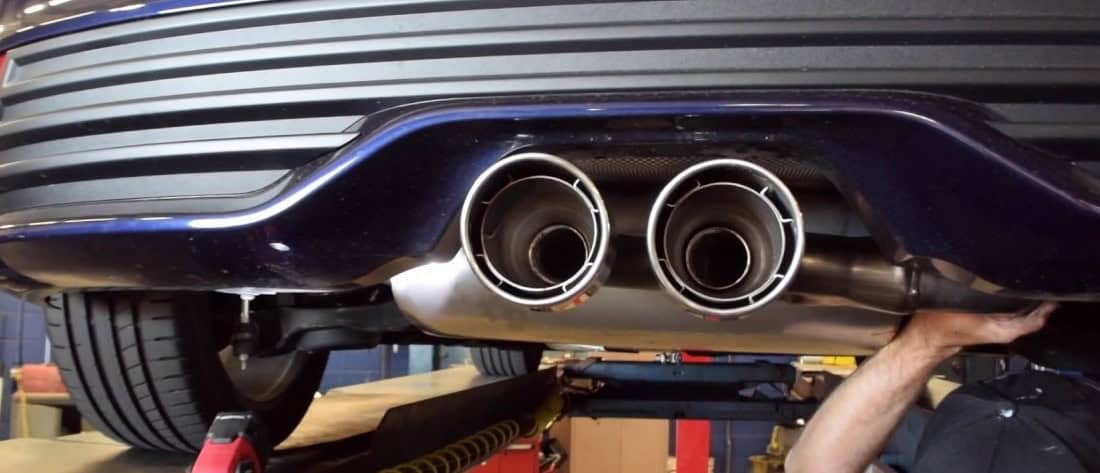
Due to the pulsating emission of gases from the cylinders, every internal combustion engine produces “exhaust noise.” This noise must be muffled by lowering the sound energy of the exhaust gas flow. There are two main choices: absorption and reflection of sound in the silencer. These two principles are commonly combined in a single silencer. Exhaust chambers and exhaust flaps are other sound-absorbing and -modifying elements that might be utilized to remove particularly loud frequencies from the outlet noise. Catalytic converters also have a hearing-protecting function.
The exhaust system, like everything else in the car, is a mechanical system that generates noise as a result of natural frequencies and vibration. To minimize this sort of problem, it’s critical to keep track of all the components within the entire system. This includes developing and fitting the individual components of the exhaust system as well as its flexible connections.
Focus ST Axle-Back Exhaust
Some automobiles have intermediate pipes or mid pipes that run well out of the box. As a result, only certain portions of the exhaust are produced, such as the axle-back exhaust. The muffler, tips, and a tiny portion of piping that connects to the intermediate pipes or mid pipe are generally replaced by an axle-back exhaust. Consider an axle-back exhaust to be similar to a muffler section one.
After you’ve disconnected the car’s exhaust system, install the new muffler. Muffler tips have been utilized to give the exhaust a more attractive and dynamic appearance while also lowering noise levels.
The muffler is a device that reduces the amount of noise and exhaust gases generated by an engine. It’s located adjacent to the back end of an exhaust system. Any sound or fumes from the fuel combustion process are reduced by a muffler.
The technique to do this is with perforated tubes. They create opposing sound waves, which then cancel each other out.
Mufflers are usually adaptable and must be welded to the car.
Cat-back EXHAUST
The most popular upgrade is the cat-back exhaust, which replaces all of the exhaust piping from the catalytic converter to the muffler. It also includes the muffler and tip. It’s also commonly known as an “exhaust system.”
The cat-back system improves airflow, which means the engine does not need to work as hard to remove exhaust gasses. The decreased resistance minimizes strain on the engine, resulting in lower fuel usage. That said, freeway driving and urban road travel improve vehicle MPG (miles per gallon) and fuel efficiency.
- Single Exhaust
A single exhaust is appropriate for any budget or modest improvement. Because of the less restrictive shaft bends, it may be an upgrade to the stock system. It’s light and inexpensive when compared to a twin exhaust system, however
- Dual Exhaust
Dual exhaust is ideal for performance enthusiasts. The system includes two pairs of mufflers, catalytic converters, and exhaust pipes — depending on the manufacturer, one of the muffler shapes may be different.
Dual exhaust systems are popular among car enthusiasts since they provide a sporty appearance, distinct growl, and improved performance.
- Dual Exit
An alternative to a single exhaust is a two-exit system, which has one head pipe, converter, and muffler with two exhaust tips. It’s beautiful, but it provides no performance benefit over a single exhaust.
- Cat-Back Material
Stainless steel is rust resistant but difficult to bend or weld. A stainless steel exhaust system costs a little more than an aluminum one, although it is considerably more appealing.
Aluminum is a low-cost, long-lasting metal. It’s a good value for the money in the middle range.
Downpipe
The first part of the post-turbo exhaust system, a downpipe (DP) is exactly what it sounds like: it bolts right onto the Focus ST turbocharger. The exhaust gasses are directed out of the turbine housing and into the exhaust system via a downpipe. Many turbo engines use catalytic converters in the downpipe. Catalytic converters are good for emissions but they also create a lot of backpressure, which is a major limitation on a turbo engine.
With the addition of a downpipe and catback, you can expect gains in the 10-25 horsepower and torque range with Focus ST downpipe modifications. On the lower end, you’ll probably notice improvements. A tune and other supporting modifications add up to 20+ horsepower and torque for a DP. Catless vs high-flow 2.0 EcoBoost downpipes are also significant because of their impact on HP increases. It’s a lengthy topic, so we’ll save it for later.
Best Focus ST Exhaust
AWE Tuning 3020-32034 Ford Focus ST Track Edition Cat-back Exhaust
MagnaFlow 15155 Cat-Back Performance Exhaust System
Borla 140504 Cat-Back Exhaust System for Ford Focus ST
Ford Racing M-5200-FST Cat-Back Exhaust System
SRS TYPE-R1 CATBACK EXHAUST SYSTEM FOR 2013-2019 FORD FOCUS ST 2.0L TURBO 3
Stock Focus ST Exhaust Size
The stock piping is 2.75 inches, but the stock muffler has so many baffles that it is much more restrictive than any 2.75 inch pipe. This implies a straight through design can only accept a 2.5 inch muffler, although if you go baffled, you might be able to get away with 3 inch without losing much low end.
If the stock ST diameter was 2.25 or 2.5 inches, there would be no need to upgrade it.
The ST stock is an engineered 2.5 inch, according to the supplement manual. However, the ST exhaust isn’t a constant diameter. It’s 2.5″ off the downpipe through the resonator, 2.25″ over the rear subframe, and then it drops to 2.5″ again before terminating at the rear muffler.
Do Exhausts Increase Performance?
Exhaust modifications can provide a significant boost in performance and performance. When you combine the exhaust system with an air intake and a power programmer, you may notice a huge boost in performance. You will also see a small increase in fuel efficiency (assuming you keep your foot out of it, of course).
The most common way to boost horsepower is by increasing the amount of fresh air in the combustion chamber. More air results in more powerful combustion, which translates to greater power for your car’s wheels. Every performance modification, such as a cold air intake or a high-performance air filter, aims to make your vehicle perform better by increasing the amount of available air in the combustion chamber.
Aftermarket exhausts, on the other hand, use a similar technique to boost power: they increase the amount of air in the combustion chamber. Remember we said that combustion creates exhaust gasses after each burn? The sooner these exhaust emissions are released from the combustion chamber, the more fresh air can enter for the next burn.
To rapidly drain these exhaust gasses, you must ensure there is adequate air flow in the exhaust pipe.
Ford Focus Exhaust System Styles
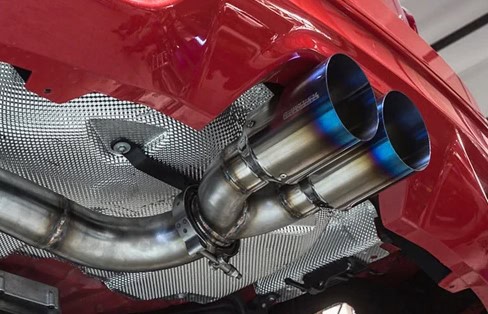
There are a number of different types and designs of performance exhaust kits available, each with its own set of performance advantages, visual appearances, and noises. Exhausts are also available in a variety of materials and with varying degrees of rust resistance and durability.
Single Exit
Single-exit cat-back exhausts have one set of pipes, a muffler, and typically only one tailpipe and tip. Single Cat Back exhausts offer significant torque, power, and fuel efficiency increases over stock. They can generally be installed to your car without any welding or cutting and provide big torque, power, and fuel efficiency boosts. A regular rear exit is available on certain models, while side exits are optional for a more unique appearance.
Dual Exit
There are two types of catback exhausts: single-exit and dual-exit. Dual-Exit Cat Back systems provide your vehicle with hot rod looks while also providing significant power and torque increases. They come with a pair of exhaust pipes and tips as well as two mufflers. They may exit either straight under the bumper or off on each side. The majority have stainless steel exhaust tips that give your car head-turning appeal.
Performance Diesel Exhaust Systems
Diesel truck and car drivers have a variety of possibilities when it comes to improving their exhaust. Performance diesel exhaust systems provide your vehicle with extra torque and power for towing and climbing steep slopes. They’re also made to keep the heat in your exhaust gasses cooler, lowering your risk of overheating while driving. Exhausts are available in a variety of outlet designs and include all necessary components for a simple bolt-on installation.
Exhaust Materials
Exhaust systems are made of rust-resistant, long-lasting steel. Exhausts are constructed from three distinct grades of steel, each with varying degrees of durability. Heavy-duty steel pipes that have been hot dipped in an aluminum-silicon alloy make aluminized steel exhausts. This alloy has excellent corrosion resistance and is reasonably priced. Not only are 409L stainless steel pipes corrosion-resistant, but they’re also highly durable and resistant to stress. 304 stainless steel is the best exhaust material, thanks to its excellent nickel and chromium content. The greatest resistance against rust and corrosion belongs to 304 Stainless Steel. Borla has a complete line of high-quality 304 stainless steel exhaust solutions available.
How To Shop For The Best Focus ST Exhaust System

It can be difficult to choose the appropriate exhaust system for your needs, especially with all of the various designs and components available. That’s why we’ve put up everything you need to know about selecting an exhaust system.
Vehicle
Different vehicles and engines have different requirements. Each exhaust system is designed for a certain purpose, so be sure that the exhaust system you choose is suitable for your vehicle. A Dual Flowmaster exhaust, for example, may be a wonderful option for a muscle automobile, but a sport-compact or import would benefit more from a Borla exhaust. Heavy-duty systems like those from MBRP can be installed on trucks and diesel cars to improve performance. A Gibson Motorhome exhaust may help you increase the power output of your RV by catering to its rigorous weight and payload standards.
Sound
Every exhaust system or muffler makes a distinct noise. You may get a pleasant, somewhat louder-than-stock tone from your exhaust with a Magnaflow muffler, or you can achieve an aggressive growl from a glasspack Cherry Bomb muffler. If you want a classic muscle car sound, go with Flowmaster’s tried and true American Thunder system. We have the muffler or exhaust system for whatever auditory attitude you’re searching for.
Style
Don’t forget to give your vehicle some unique flair in the exhaust system as well. Adding a Chrome exhaust tip to your automobile’s rear-end gives it a nice touch of hot-rod appearance. You may also add twin exhaust tips for single-exit systems, giving them the appearance of a twin exit – or you may give your dual-exit catback exhaust a stunning quad-exit finish.
Budget
You’ll need an exhaust system that fits your budget, just like with any other automobile accessory. Exhaust manufacturers have a wide range of systems for both performance-oriented and price-conscious buyers. If you want more power without breaking the bank, go with a Heartthrob exhaust or a set of DC Sports headers. Exhaust parts manufactured from lower-cost materials such as aluminized steel and mild steel, yet they provide substantial performance advantages as well as long-lasting durability. Of course, if you’re searching for the best possible performance regardless of cost, the options are endless. Hedman headers with a Ceramic finish and “Magnaflow Series” are among our most powerful exhaust systems and components.
Summary
The Agency Power exhaust system is undoubtedly the most cost-effective. With a 3″ mandrel bent design, plenty of tip options, and enormous 4″ tips for a really reasonable price, it offers the best bang-for-buck imaginable. When utilizing any of these exhaust systems in conjunction with a tune, they work best.
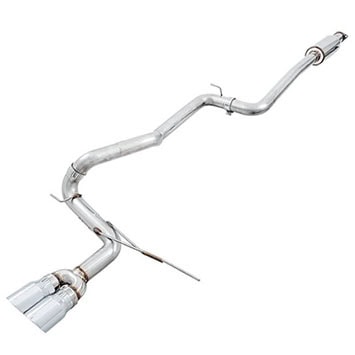
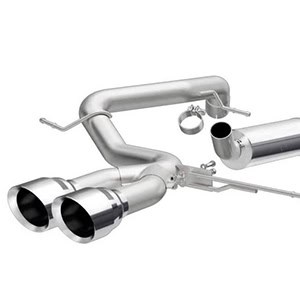

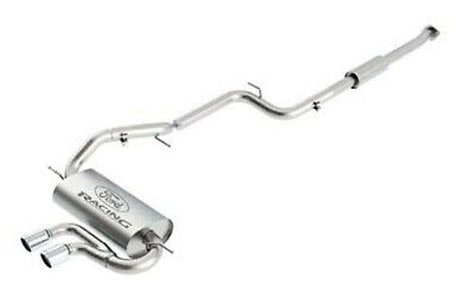
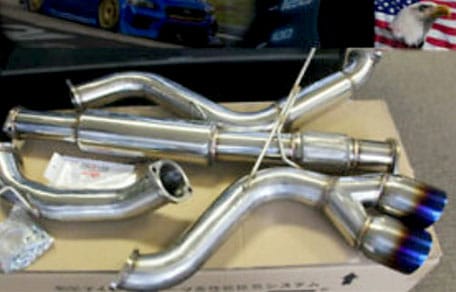

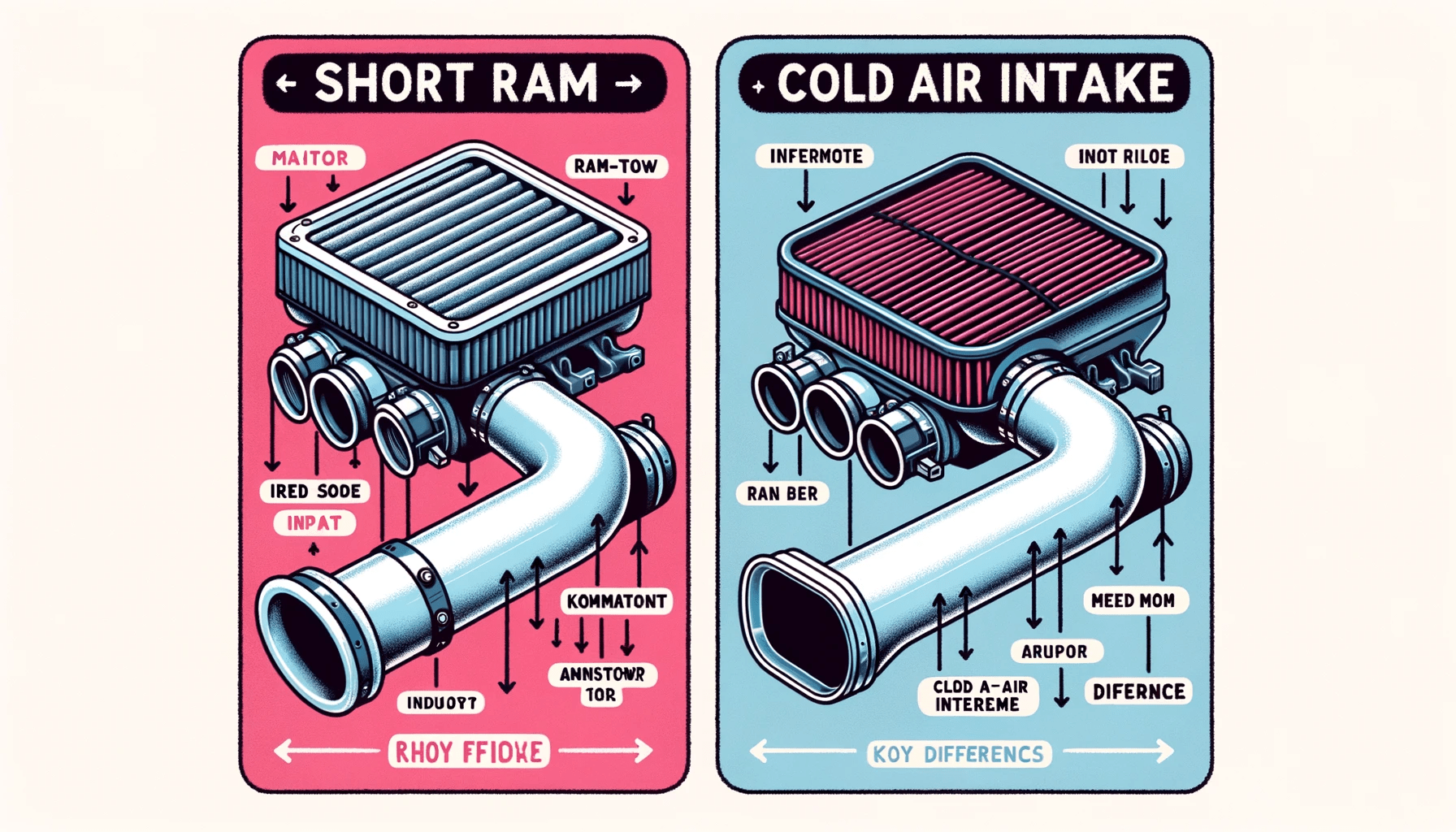

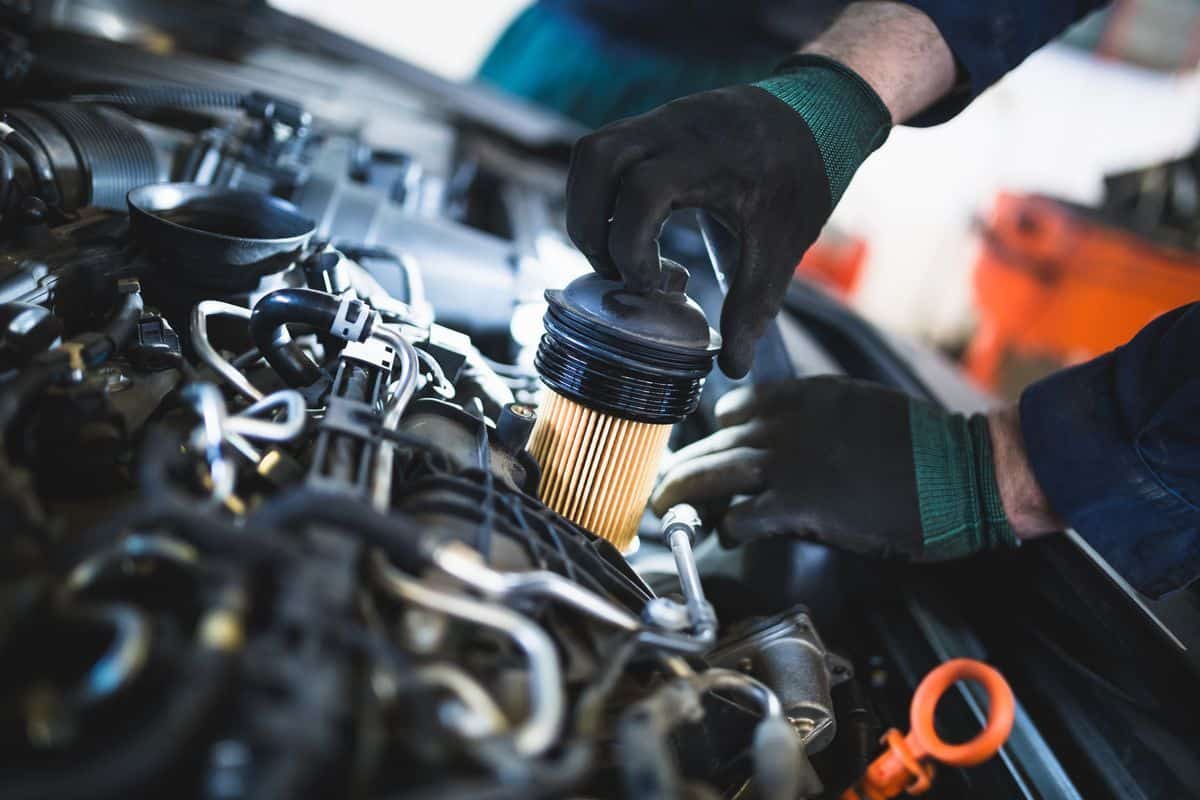
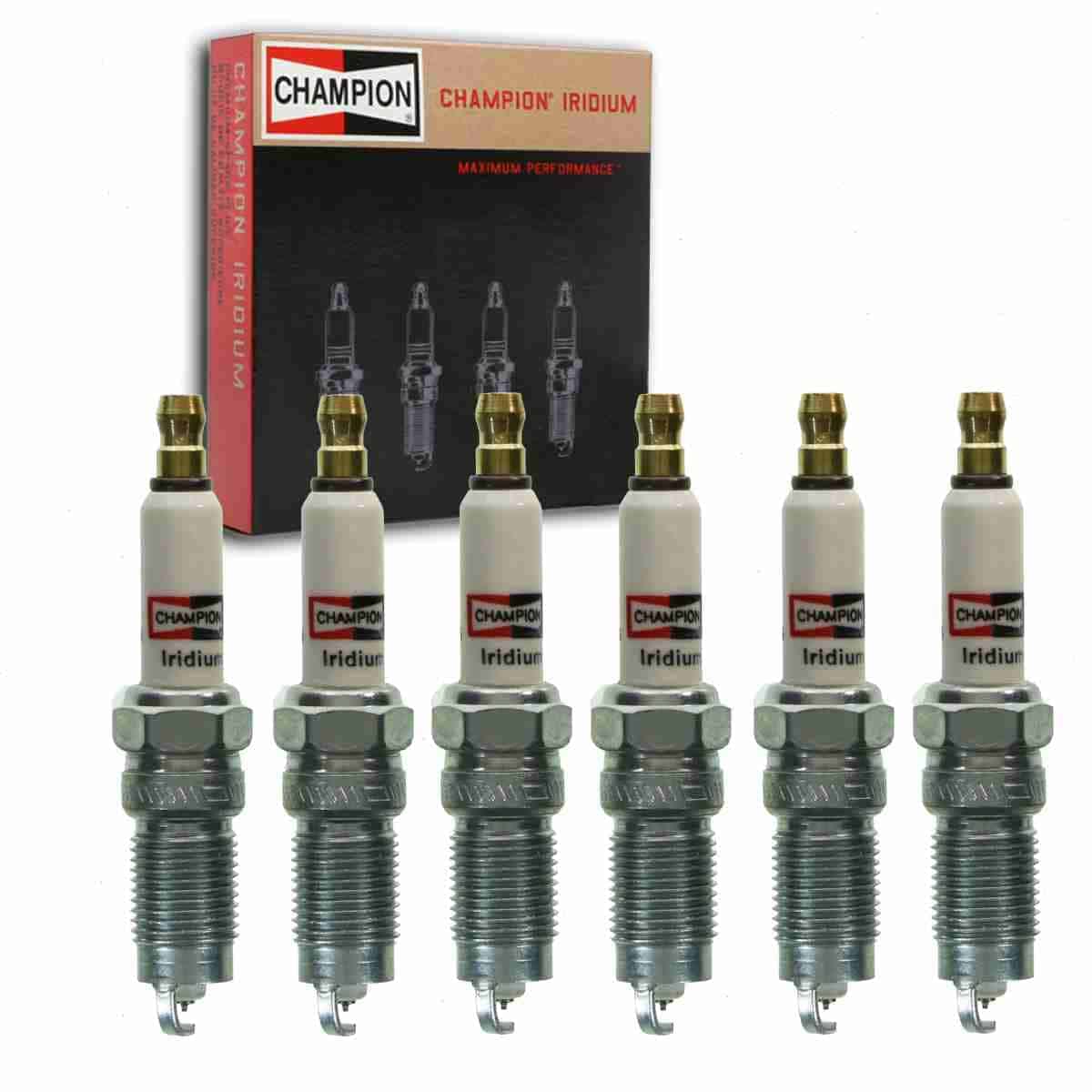
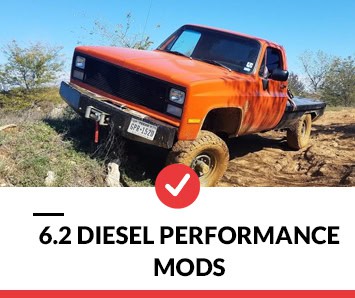
No Responses